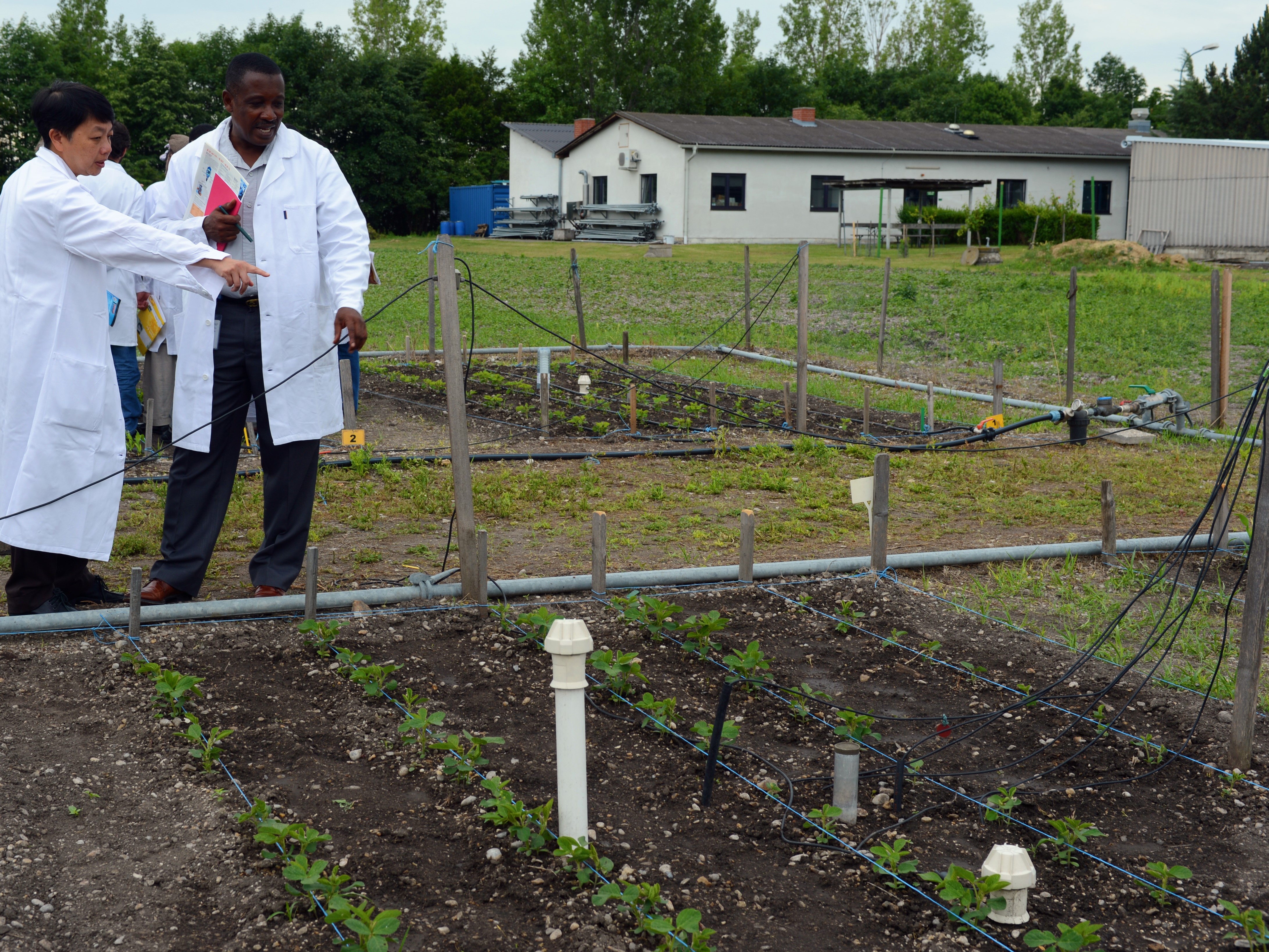
Soil Management
Asset Type : Natural
Water Classification:
Stormwater
Source Water Protection
Source Water Recharge
Stormwater
Source Water Protection
Source Water Recharge
Construction Rank :
3
O&M Rank :
1
How it Works : Soils are the primary medium of stormwater infiltration and storage. The soil used in GI is specifically designed to infiltrate water quickly to reduce flooding but also retain water long enough to remove contaminants and clean the water. Soil management, whether by managing existing soils, or amending soil with supplemental materials to facilitate stormwater infiltration and treatment, is essential for the success of nearly all best management practices. The mixtures are not too hard to construct especially if you are able to use what is available locally. If the soil is being used for a residential rain garden, topsoil and some small amount of sand and compost will be good enough for the right infiltration rates. If it is a bioswale that is meant to capture and treat much larger volumes of water, than an engineering soil mix will be required. They are composed of two specific soil ingredients, sand and compost. Other ingredients may include topsoil, wood chips, perlite or water treatment residuals (aluminum or iron oxides used in purifying water for drinking). The topsoil provides growing medium for plants. It consists of a mixture of sand, silt, clay and organic matter depending on the soil type. Native topsoils could be found on site.
O&M Required : Soil in moist, warm climates will requires less watering however, they may need weeding or other maintenance like mowing to control the growth.
Design Considerations : The soils have to be carefully designed to manage stormwater quantity and quality. Also consider the depth of soil , clay content, soil permeability, organic content, infiltration rate and subsoil consistency. There needs to be effective homogenization of soils to assure effective porosity, texture, and particle distribution.
Costs : Low cost if native soil is used, medium to high if soil is re-engineered. Cost will vary substantially depending on existing soil and vegetation conditions, and amendments that may need to be added.
Benefits : Retaining native or natural soils on a site allows for more rapid and successful plant establishment. Plants in soils with good structure and high organic matter will survive climate extremes better than plants in “poor” soils. Retaining topsoil maximizes rainwater infiltration and storage capacity. One foot of topsoil can store more than one-inch of precipitation. Soils high in organic matter filter pollutants and break down organic compounds. Organic matter in soils hold more water, acting like a sponge. Organic matter in soils hold and provide nutrients for plant growth. The water is released as needed for plant use. Soils with good structure and high organic matter are more stable.
References:
Image by: IAEA Imagebank via https://www.flickr.com/photos/iaea_imagebank/8147133718